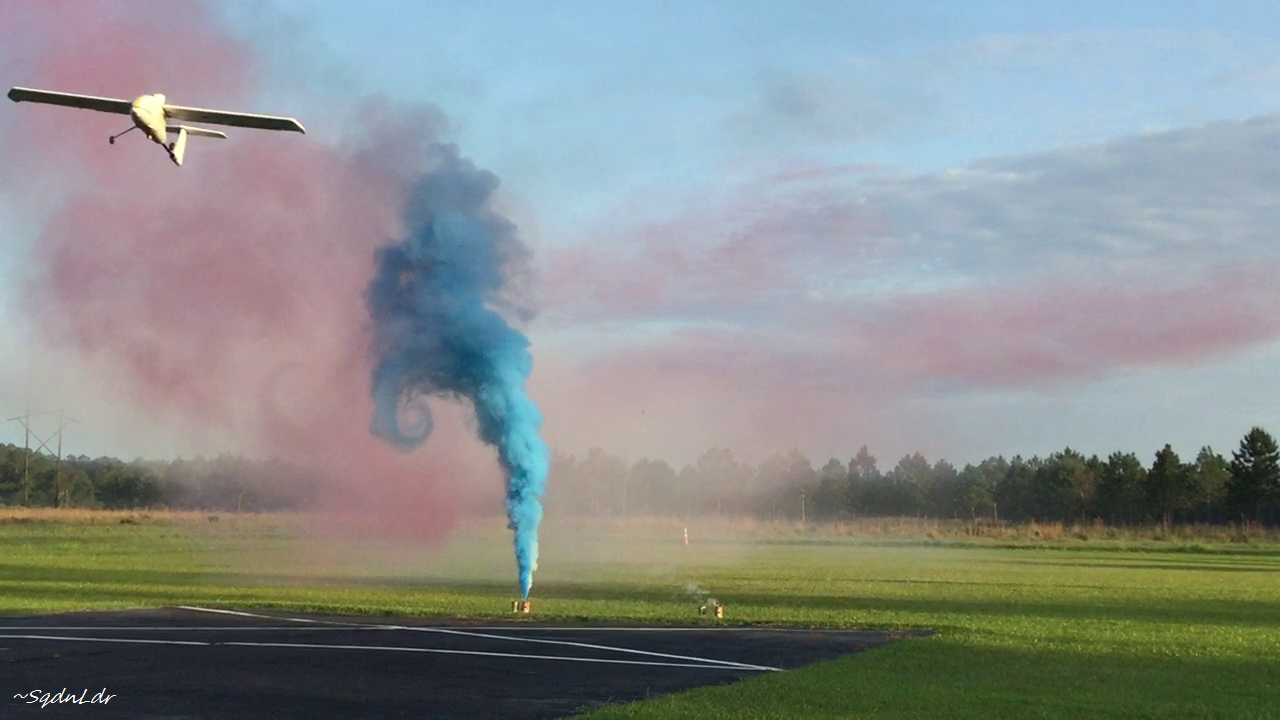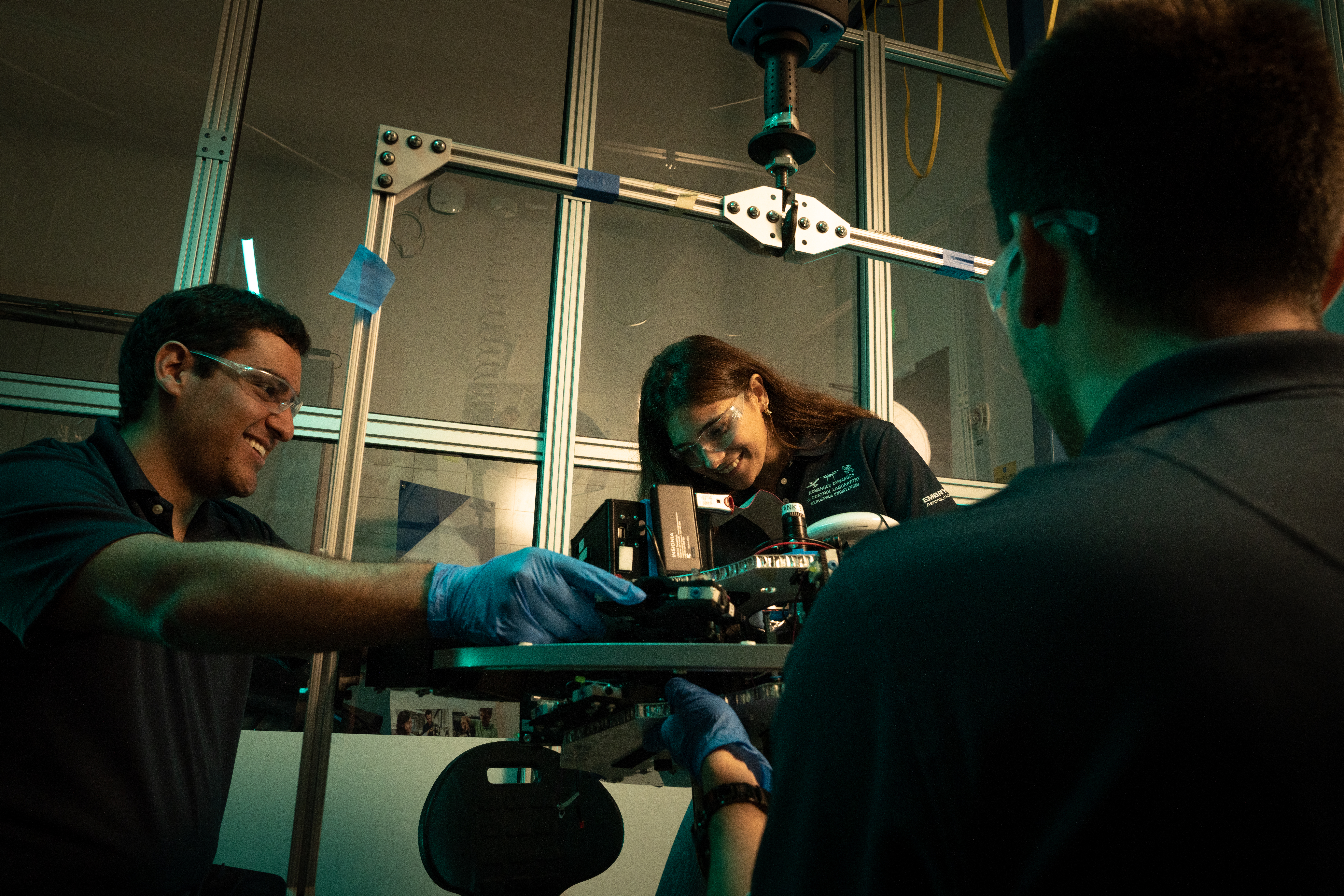Mission to Mars
Spacecraft
Free-Flying Unmanned Robotic Spacecraft for Asteroid Resource Prospecting and Characterization. An integrated autonomous free-flyer robotic spacecraft system is developed to support the exploration and subsequent resource utilization of asteroids as well as other planetary bodies and moons.









